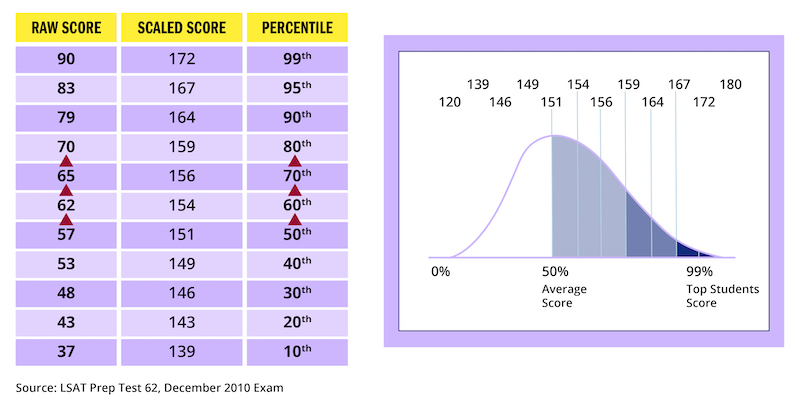By the Numbers
Althea Nagai of the Center for Equal Opportunity has spent years studying racial disparities in undergraduate and law school admissions. She’s studied law-school admissions at the University of Oklahoma, University of Wisconsin, University of Nebraska, University of Utah, University of Arizona, Arizona State University, and University of Michigan. It is said that every single one of these law schools admitted black applicants who were significantly less academically qualified than white applicants.
This is what Dr. Nagai found:
"In all 15 cases, the median LSATs of white admittees were greater than the medians of black admittees. The largest differences were found at Nebraska in 2006 (a 12-point difference), Wisconsin in 2006 (11 points), and Nebraska in 2007 (10 points). The smallest gap in median LSAT scores between white and black admittees was at Arizona State in 2007 (5 points).
In all 15 cases, the college GPAs of white admittees were greater than those of black admittees. Here too the largest black-white difference was found at Nebraska in 2006 (a 0.6-point difference), followed by Arizona in 2006 and Arizona State (0.5 of a point). The smallest difference was at Arizona in 2005 (a 0.1-point difference)."
Are those numbers big? Small? Are they significant numbers at all?
Measuring people is fraught with assumptions and unknowns and this culture has no humility. Those differences in LSATs do not look big on the graph below.
LSATs give three scores on Test Day:
- A raw score (0-~101), the total number of scored questions answered correctly translated into…
- A scaled score (120-180), the score by which law schools will evaluate your candidacy; and
- A percentile score, comparing test-takers across various testing cohorts
- These number s are a little old but the basics are the same. Grades range from 180, the highest, to 120, the lowest.

An average score is 151 with a standard deviation of 9. Are any of these numbers important?
No comments:
Post a Comment